December 2, 2019
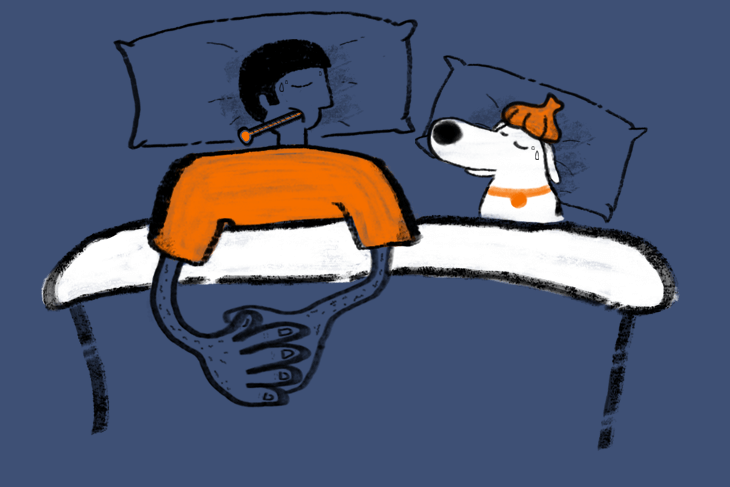
Dogs can transmit diseases to humans too
Some diseases can be transmitted to humans from animals such as dogs - these are known as zoonotic diseases. Many external and internal dog parasites are zoonotic.
Some parasitic canine diseases have more serious effects in humans than they do for dogs, as humans are an abnormal host for them. The confused parasites do not know where to head to in a human body and can end up in some very unusual places, making people quite ill.
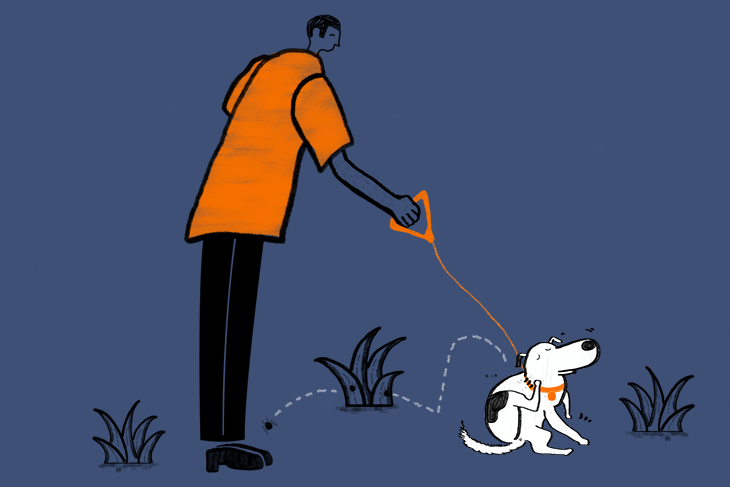
Humans can catch canine parasites in an infested environment
External parasites such as fleas and mites (including Sarcoptes and Cheyletiella mites), can hop from dogs to humans and cause a lot of itching skin, sometimes with an accompanying rash. These annoying little critters only remain on humans for a short while; they do not persist for a long period as they can on dogs.
Humans can also be affected by ticks, including the same types of ticks as dogs, but they do not 'catch' ticks directly from dogs. Humans are usually attacked by a hungry tick waiting in the environment, which leaps onto a passing person in search of a tasty blood meal. Ticks can transmit afflictions such as Lyme Disease and Rocky Mountain Spotted Fever.
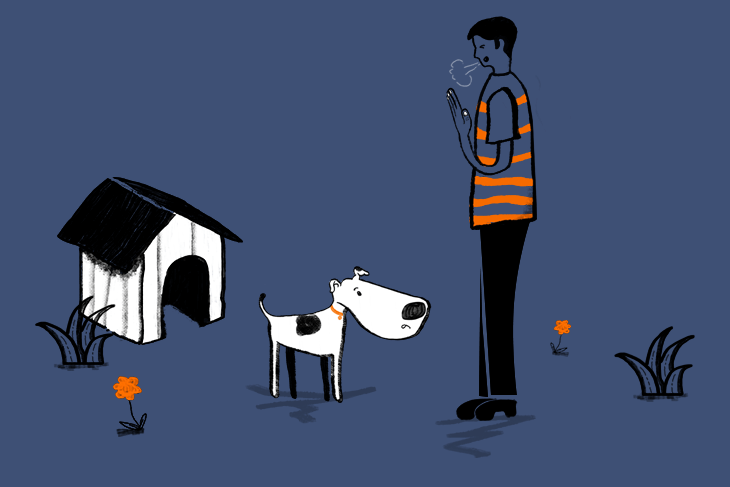
Canine roundworms can cause diseases to humans, especially children
Canine roundworms can also cause diseases in humans. Worm eggs are excreted in dog feces, and after two weeks in the environment, they become infectious to humans. If accidentally ingested, the worms can migrate to organs like the liver, lungs, brain, and eyes.
As these parasites are not supposed to be in a human body at all, the immune system responds by trying to wall them off to stop them from moving any further. The disease in humans is known as visceral larva migrans, or, if in the eye, ocular larva migrans.
"Some parasitic canine diseases have more serious effects in humans than they do for dogs, as humans are an abnormal host for them."
The signs of this disease depend on where the worms move to. If to the eye, permanent loss of vision can result; in the lungs, a cough or asthma-like signs can begin. Some people show no symptoms of the disease. Children are at a higher risk of infection due to habits such as eating dirt, kissing pets and lower attention to hygiene.
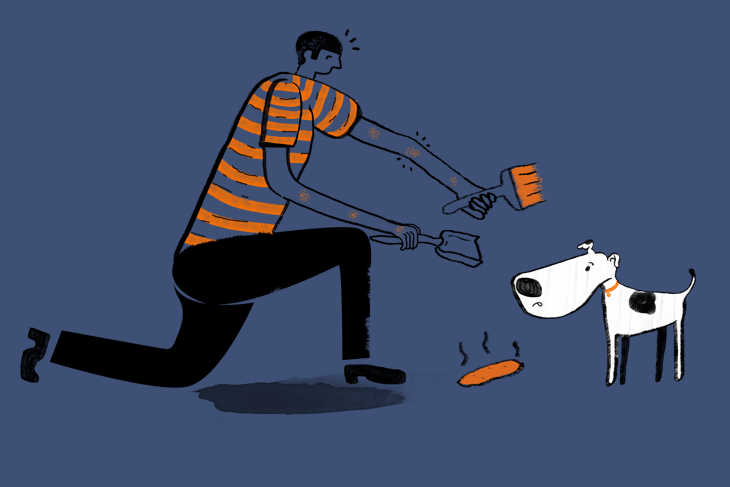
Canine hookworms can enter human skin by eating their way in
Humans may also be infected with canine hookworms . As with roundworms, eggs are excreted in infected dog feces. These become infectious after five to ten days in the environment when they have become larvae or juvenile worms capable of penetrating the skin. When they come into contact with bare skin, they virtually "eat" their way in. They migrate under the skin leaving extremely itchy, red, swollen, winding tracts in their wake. This condition is referred to as cutaneous larva migrans.
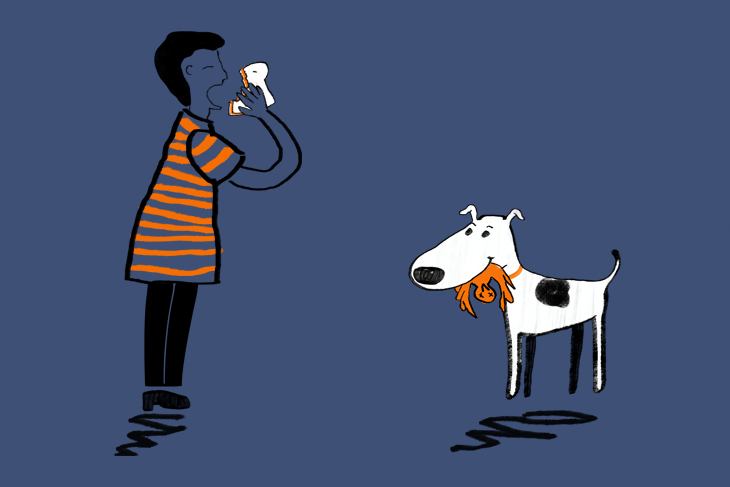
Canine tapeworms can be ingested through raw meat
Some canine tapeworms are also zoonotic. The most common dog tapeworm is the flea tapeworm. This is not readily transmitted to humans, as swallowing an infected flea is required to become infected. However, when it does occur, infection is more common in children. The symptoms are similar to those in dogs; segments of tapeworms (resembling grains of rice) being passed in the feces and sticking to the anal area.
Taenia and Echinococcus tapeworm species can also be contracted by humans from accidental ingestion of dog feces containing infectious eggs. These types of tapeworms form cysts, such as hydatid cysts, in the human body, most commonly occurring in the liver and lungs but also affecting other organs. Left untreated, these hydatid cysts can grow to over a foot in diameter, with surgical removal often required to cure the disease.
Hydatid disease is mainly found in the southwest states and Alaska, while another form of Echinococcus, alveolar echinococcosis, is more common in the central northern states and Alaska. The disease manifests as solid masses, which can sometimes be confused with tumors. Dogs contract tapeworms by eating infectious raw meat, so preventing the dog from eating wild animals or raw offal will help reduce the likelihood of a dog and its owners contracting the disease.
"Left untreated, these [tapeworm] hydatid cysts can grow to over a foot in diameter, with surgical removal often required to cure the disease."
Regular worming and flea control for dogs will go a long way towards preventing these diseases being transmitted to humans. Your veterinarian can advise on the most appropriate treatment for your dog.
Dog parasite treatments
Pet Shed's most popular solutions for ridding your dog of parasites
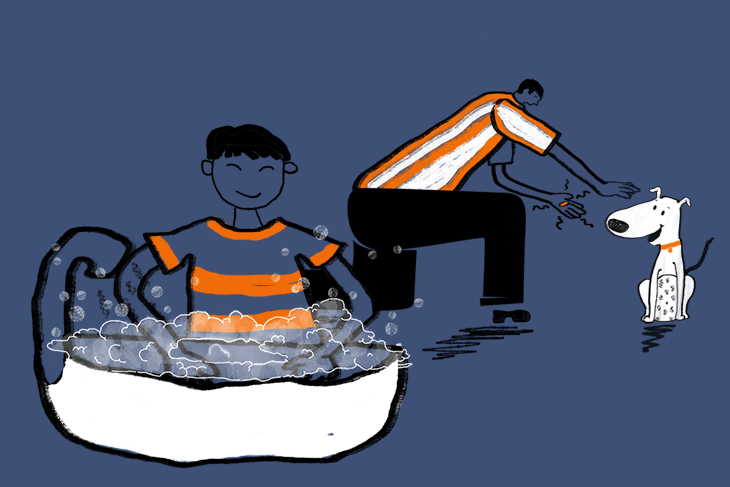
Proper hygiene and parasite prevention goes a long way
When playing with your family dog, always wash your hands after contact, avoiding kissing it, and do not allow it to lick people on the face. Prompt removal of dog feces from the backyard is also advisable (using a 'pooper scooper', gloved hands or a plastic bag and avoiding contact between the skin and the feces). Owners should prevent their dog from defecating in playground areas during walks. Dissuading young children from eating dirt or grass may seem nearly impossible, but it will reduce the likelihood of them contracting a nasty disease.
If you are concerned that you or your family may have contracted a disease from your pet, consult your family doctor.
References:
